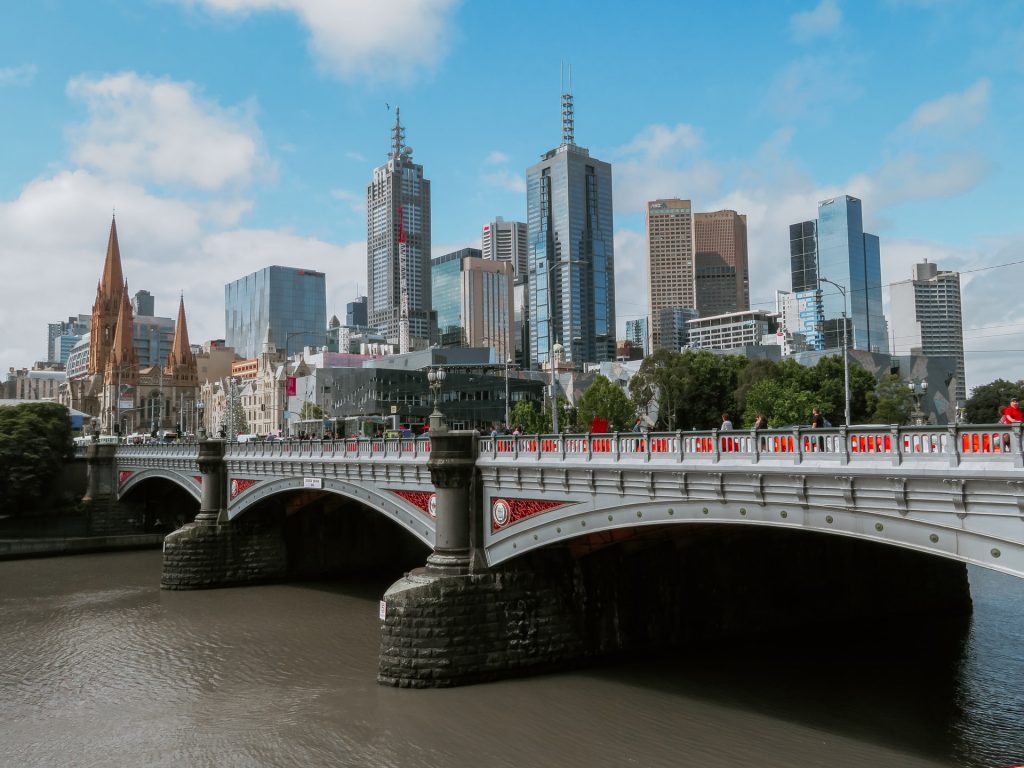Climate Resilience Inquiry Report

The National Trust of Australia (Victoria) is deeply concerned by the lack of balance in the presentation and discussion of Heritage Overlays in the recently released Final Report of the parliamentary inquiry into Climate Resilience in Victoria.
In July 2024 the National Trust made a submission to the parliamentary inquiry into Climate Resilience in Victoria. We emphasised the importance of heritage conservation in mitigating climate change and recommended policies and incentives for the adaptive reuse, retrofitting, and restoration of existing buildings. Our submission also highlighted the need to protect and increase green spaces, a critical form of public infrastructure, to support community wellbeing, combat the urban heat island effect, and maintain biodiversity.
The National Trust is supportive in principle of many of the Committee’s formal findings and recommendations. However, we believe the Final Report has missed a crucial opportunity to deliver a balanced, evidence-based analysis of how heritage systems can support improving climate resilience in Victoria.
Despite the report’s inclusion of a section interrogating Heritage Overlays—an area in which the National Trust should have been recognised as an expert body—our evidence is notably absent. Instead, the record of this inquiry appears overly influenced by quotes and statements that lean towards YIMBY rhetoric.
Heritage is Climate Action
The evidence is clear: conserving and reusing heritage buildings is one of the most effective climate actions available within the built environment, and the heritage protection system actively supports such sustainable outcomes. However, this report overlooks that evidence and research, instead perpetuating misconceptions that have already been addressed and disproven.
The National Trust does not dispute the need to enable easier retrofits in heritage properties – including measures such as double-glazing windows and installing solar panels – which the report highlights. However, these changes must be carried out in ways that respect heritage values.
The National Trust has repeatedly made extensive, data-supported submissions to multiple State Government consultations, showing that heritage is climate action – demonstrating that conserving and adaptively reusing existing buildings significantly reduces emissions, avoids demolition waste, protects embodied energy, and supports biodiversity through cultural landscapes and heritage gardens.
Instead of including these arguments, grounded in robust research, the report perpetuates the false claim that:
“Heritage-protected buildings, typically constructed before modern building standards, are inherently less energy-efficient.”
This generalisation ignores clear evidence that many older buildings were designed with passive climate control features, high-quality materials with long lifespans, and are readily upgraded to meet or exceed modern performance standards. Retrofitting heritage buildings can achieve significant energy efficiency gains while avoiding the massive carbon debt of new construction.
The State Government’s own technical advice – endorsed by Heritage Victoria, the Heritage Council, and the Department of Community Planning – has recognised that retaining heritage buildings delivers clear environmental benefits. This position, backed by international research, is not new. To ignore it now is to ignore both evidence and the State Government’s own expert guidance.
Natural Infrastructure
Encouragingly, the Final Report does include a recommendation for a uniform approach to tree canopy and vegetation within the planning system, and a 30% canopy target across Melbourne. This is a welcome recognition of the vital role that trees and green infrastructure play in mitigating climate change, cooling our cities, and supporting biodiversity.
However, the National Trust is concerned that these recommendations are not carried through as a constant and integrated priority across the broader framework. Too often, green space and heritage landscapes are treated as secondary to the built environment, despite clear evidence that they are essential infrastructure for health, wellbeing, and resilience. With housing density set to increase, the pressure on trees, private gardens, and public open space will intensify. Without deliberate planning and protection, we risk accelerating canopy loss, biodiversity decline, and the erosion of community amenity.
Our National Trust heritage gardens and landscapes demonstrate the long-term benefits of thoughtful green space planning. They are living case studies that show how investment in trees and landscapes today delivers cooling, connection, and resilience for decades to come.
The National Trust’s advocacy has consistently demonstrated that as Victoria grows, actively maintaining and expanding green space benchmarks is critical.
The National Trust calls on the Victorian Government to:
- Recognise conserving and reusing heritage places as a cornerstone climate action.
- Ensure that tree canopy, vegetation targets, and green infrastructure are embedded not as isolated measures but as a consistent, cross-cutting priority in all climate resilience and planning reforms.
- Ensure future policy and reporting processes actively draw upon the expertise of trusted, evidence-based community bodies such as the National Trust.
Climate resilience requires more than technical measures – it requires holistic planning that respects our past, protects our present, and prepares for our future. The National Trust is committed to working with government, industry, and community to deliver solutions that balance housing, sustainability, and heritage.
We stand ready to actively participate in the conversation – because safeguarding heritage in both the built environment and our green spaces is not just about preserving memory, it is about building a climate-resilient Victoria for generations to come.
READ OUR FULL SUBMISSION HERE.
+ There are no comments
Add yours